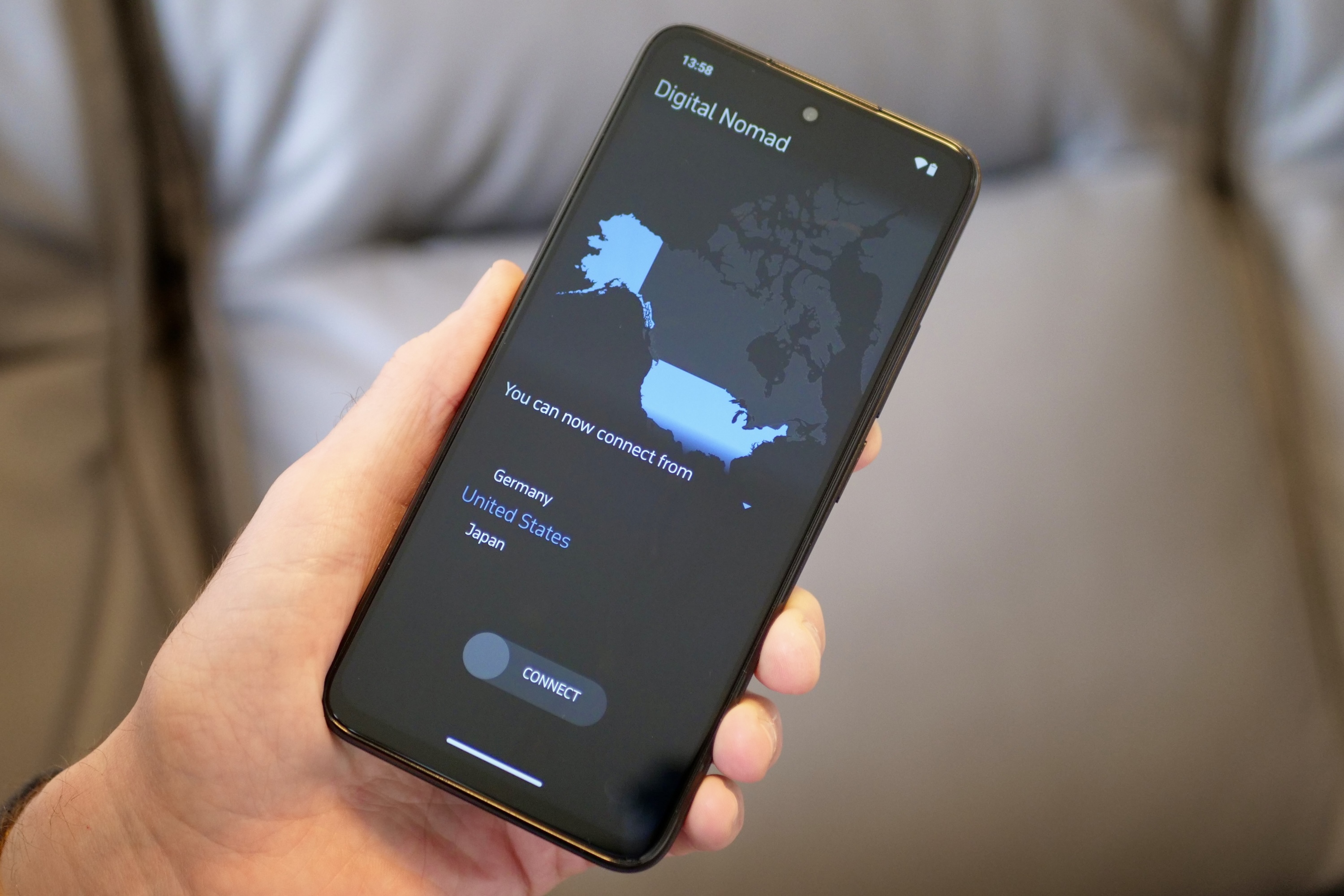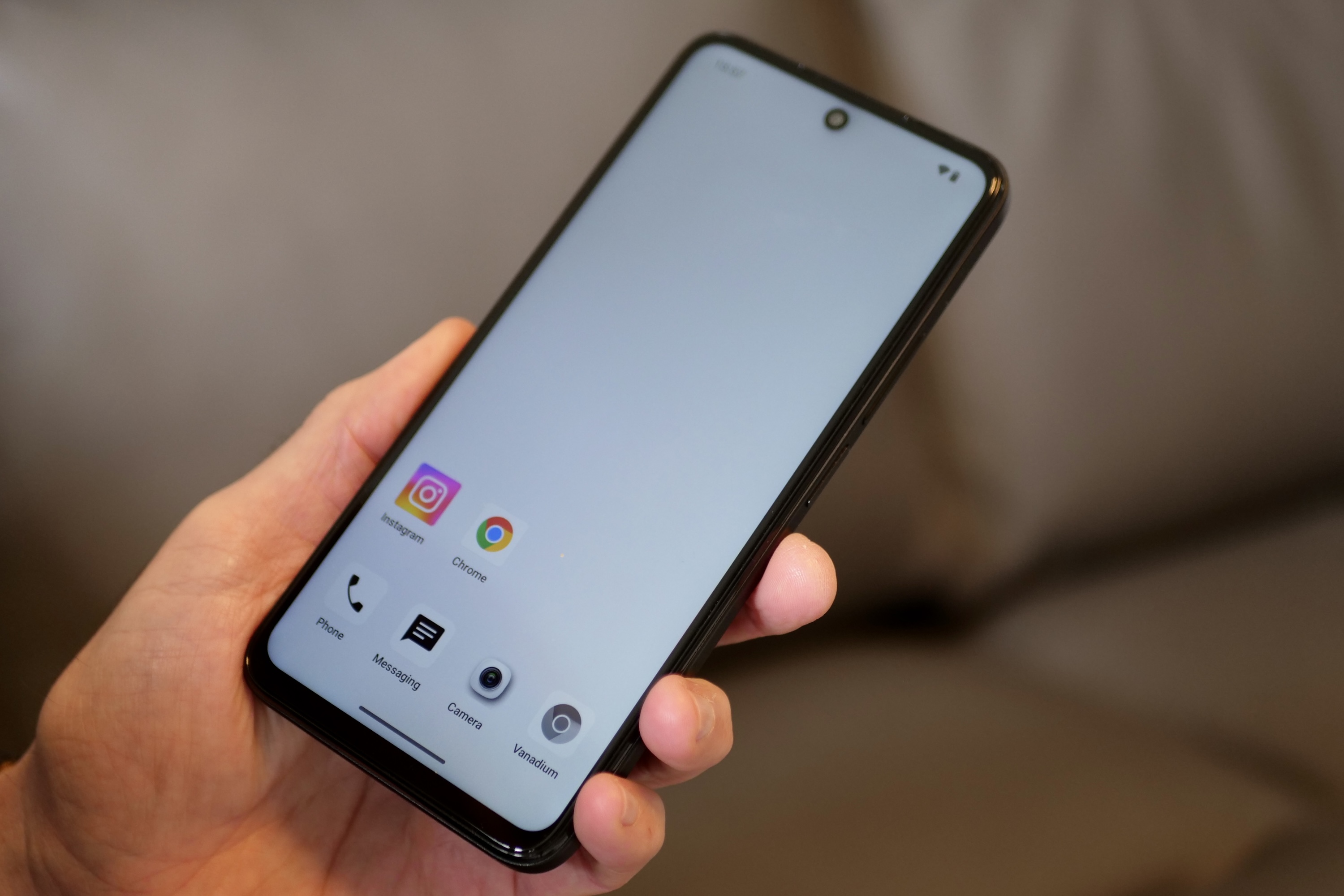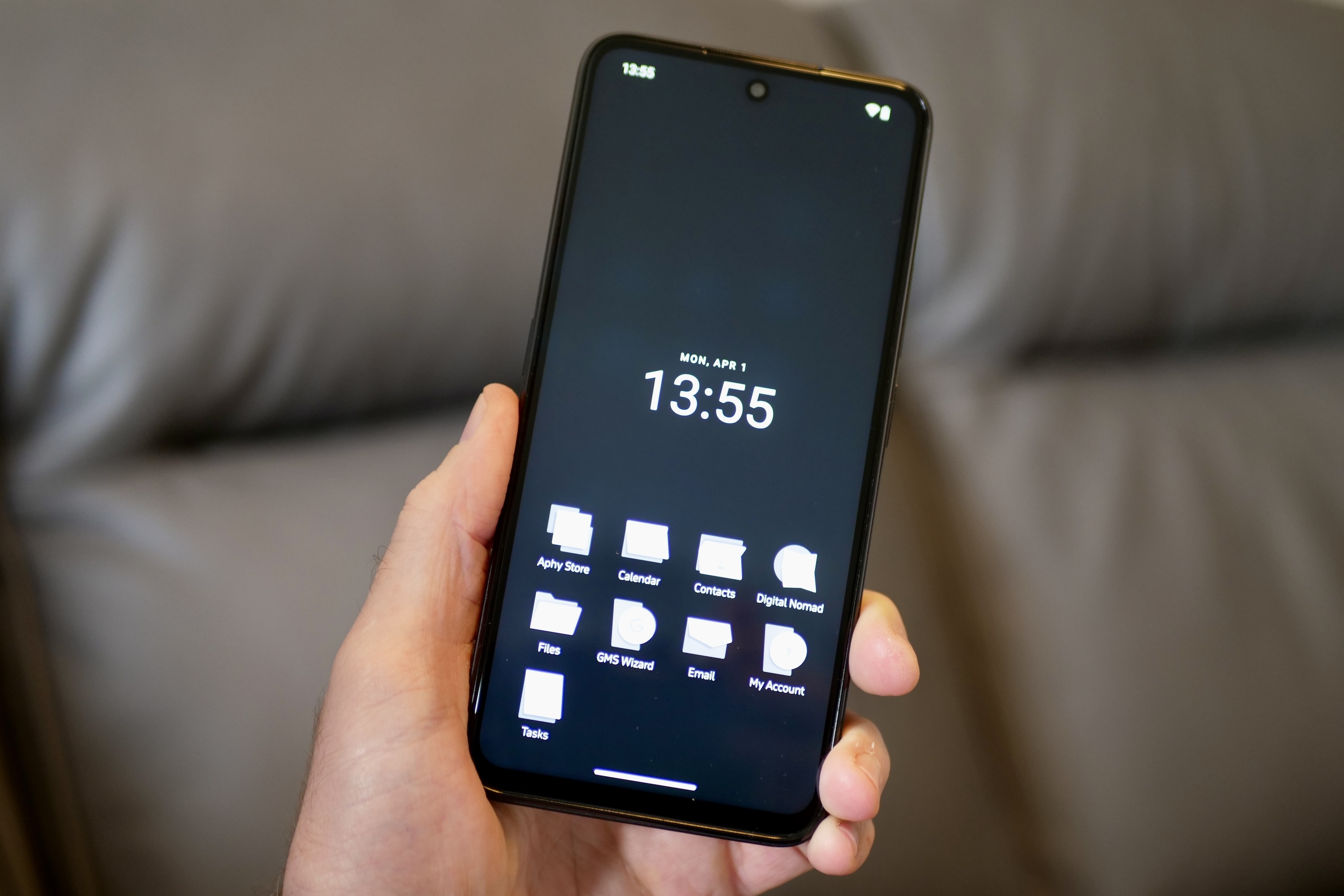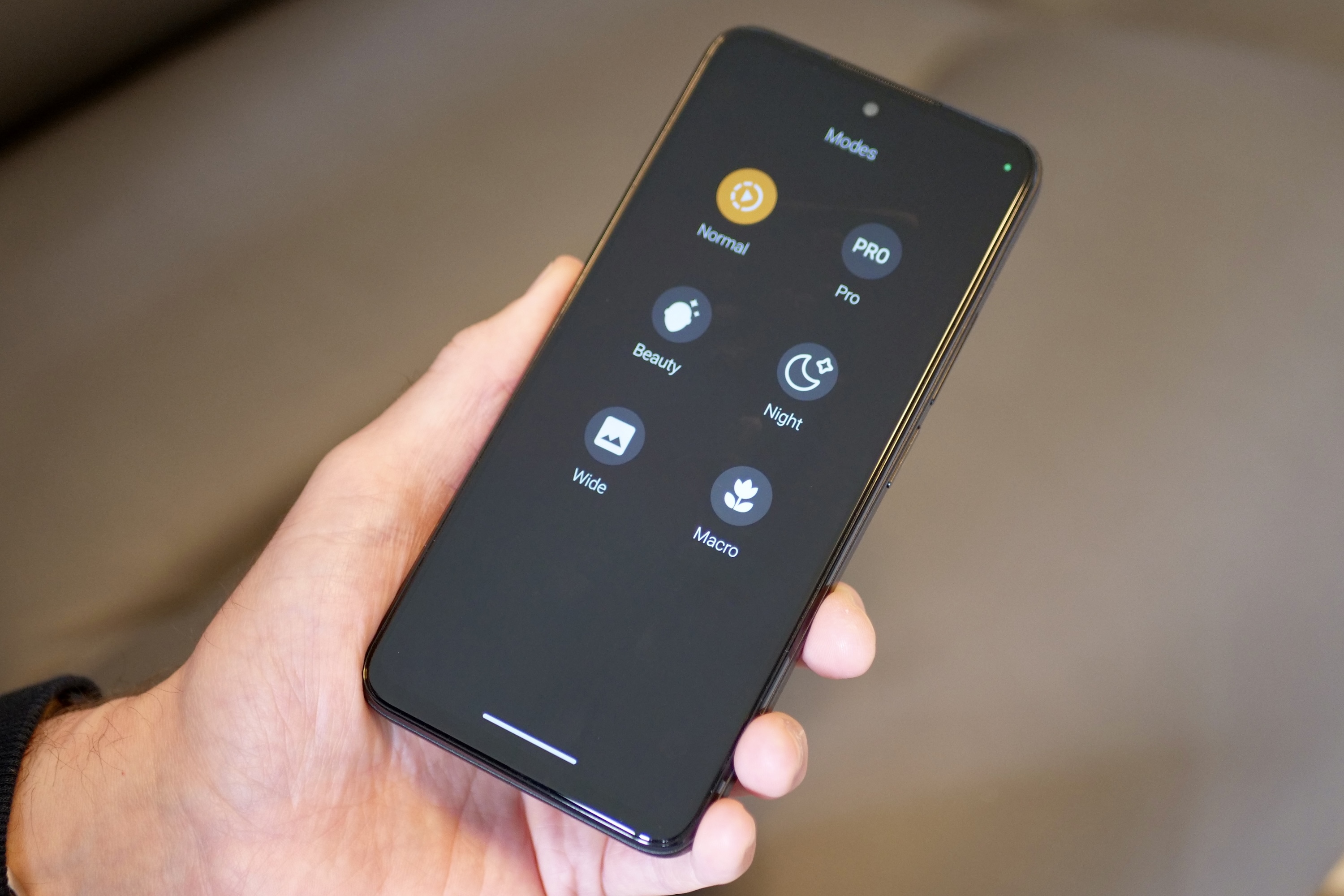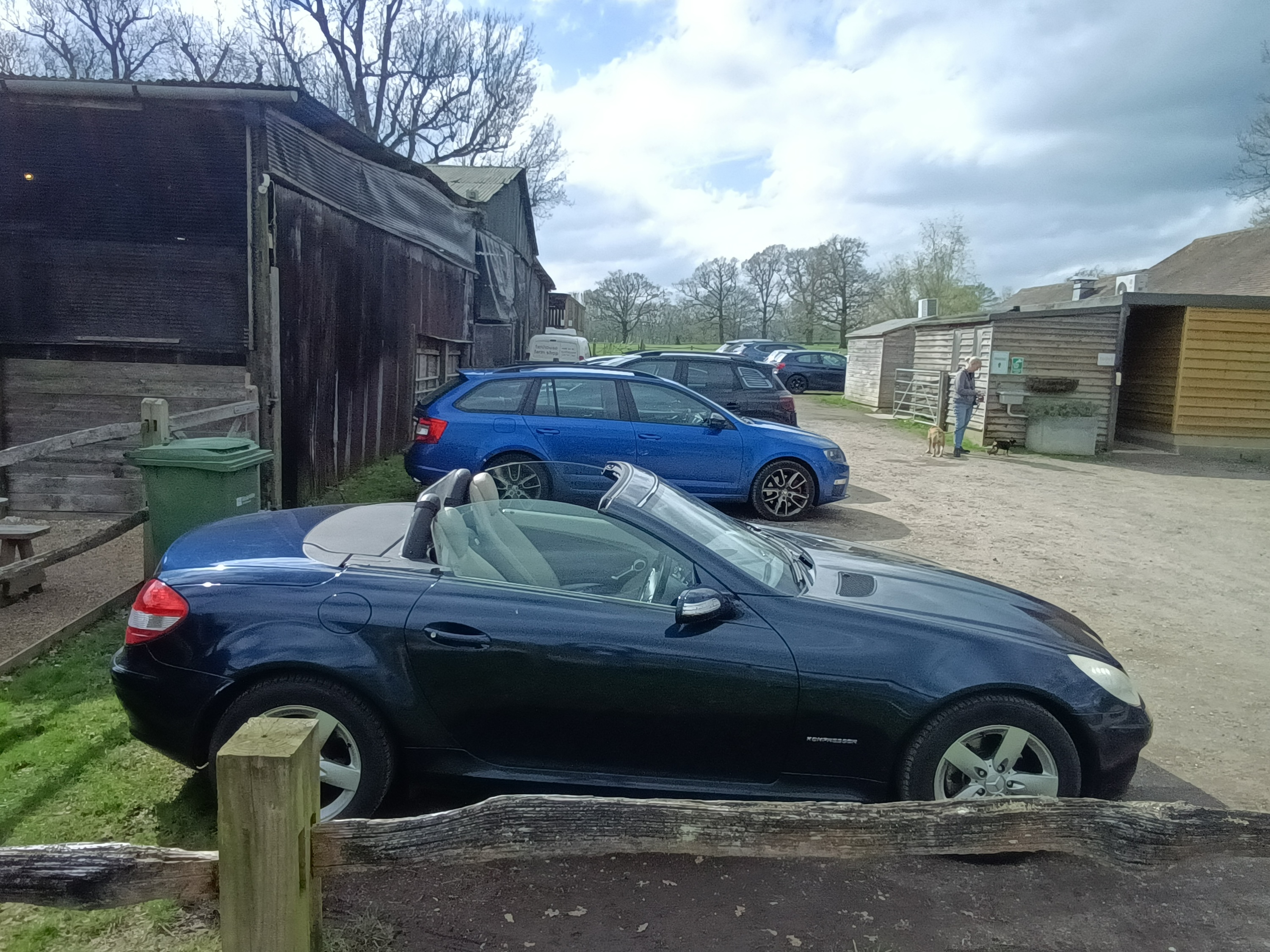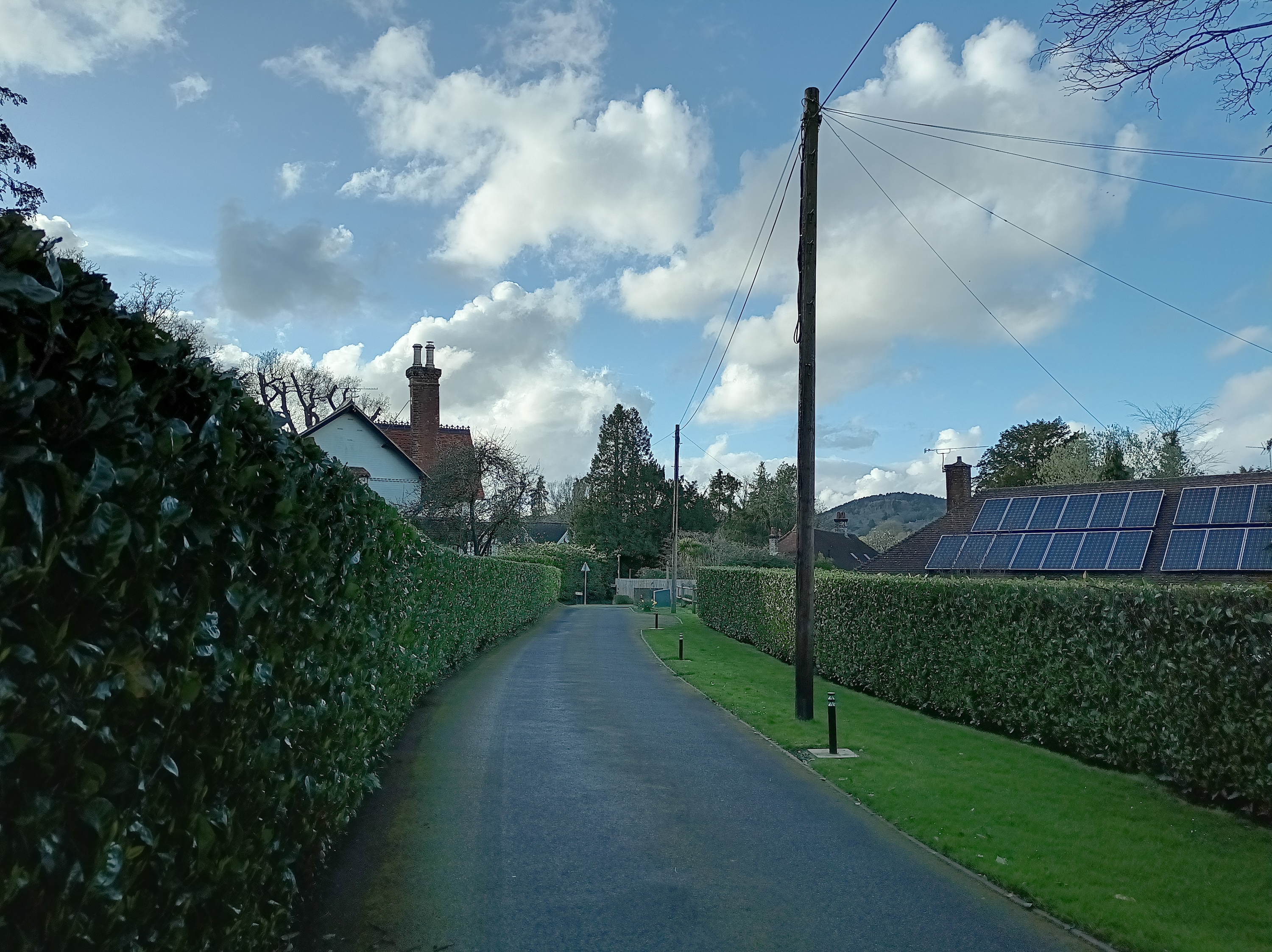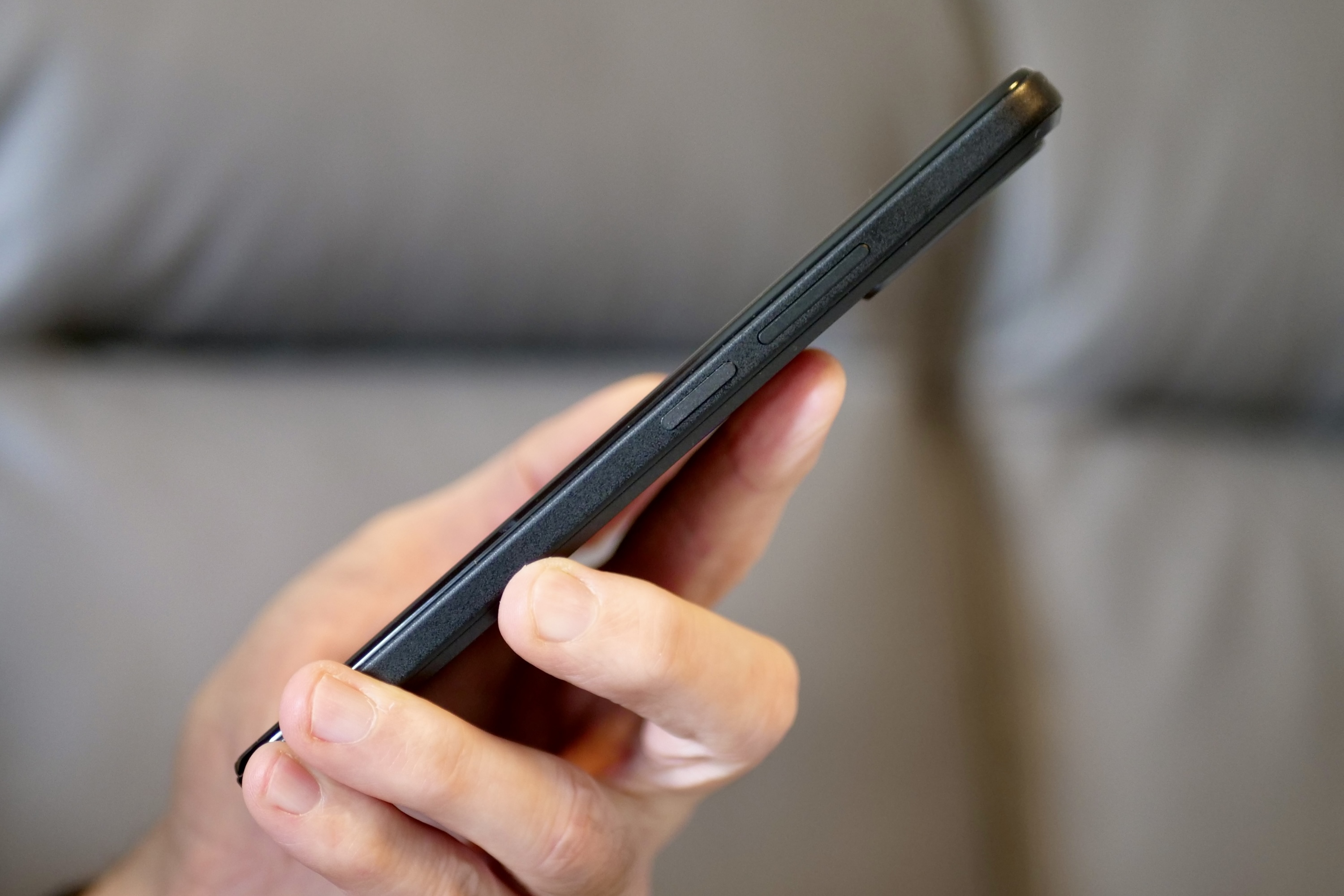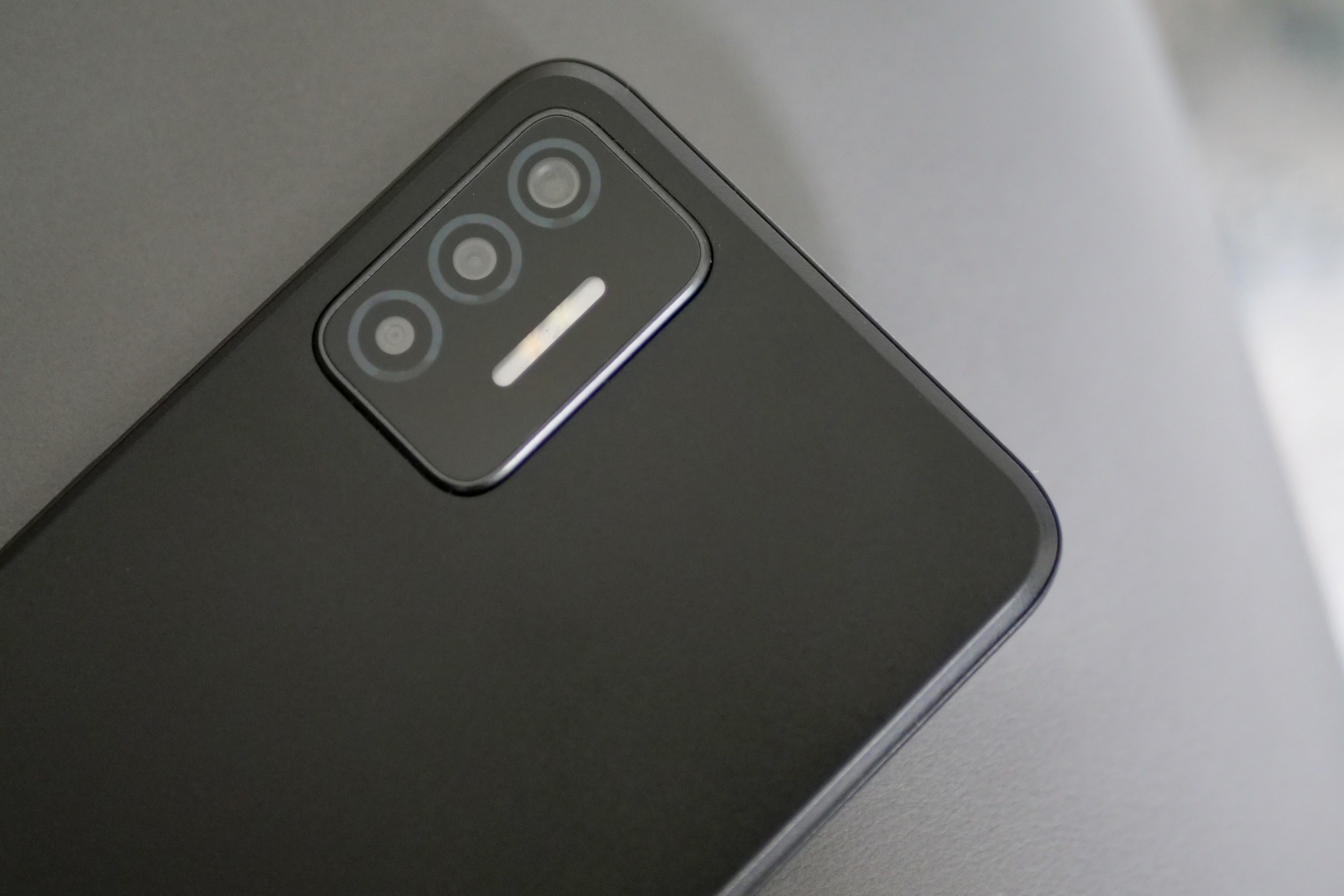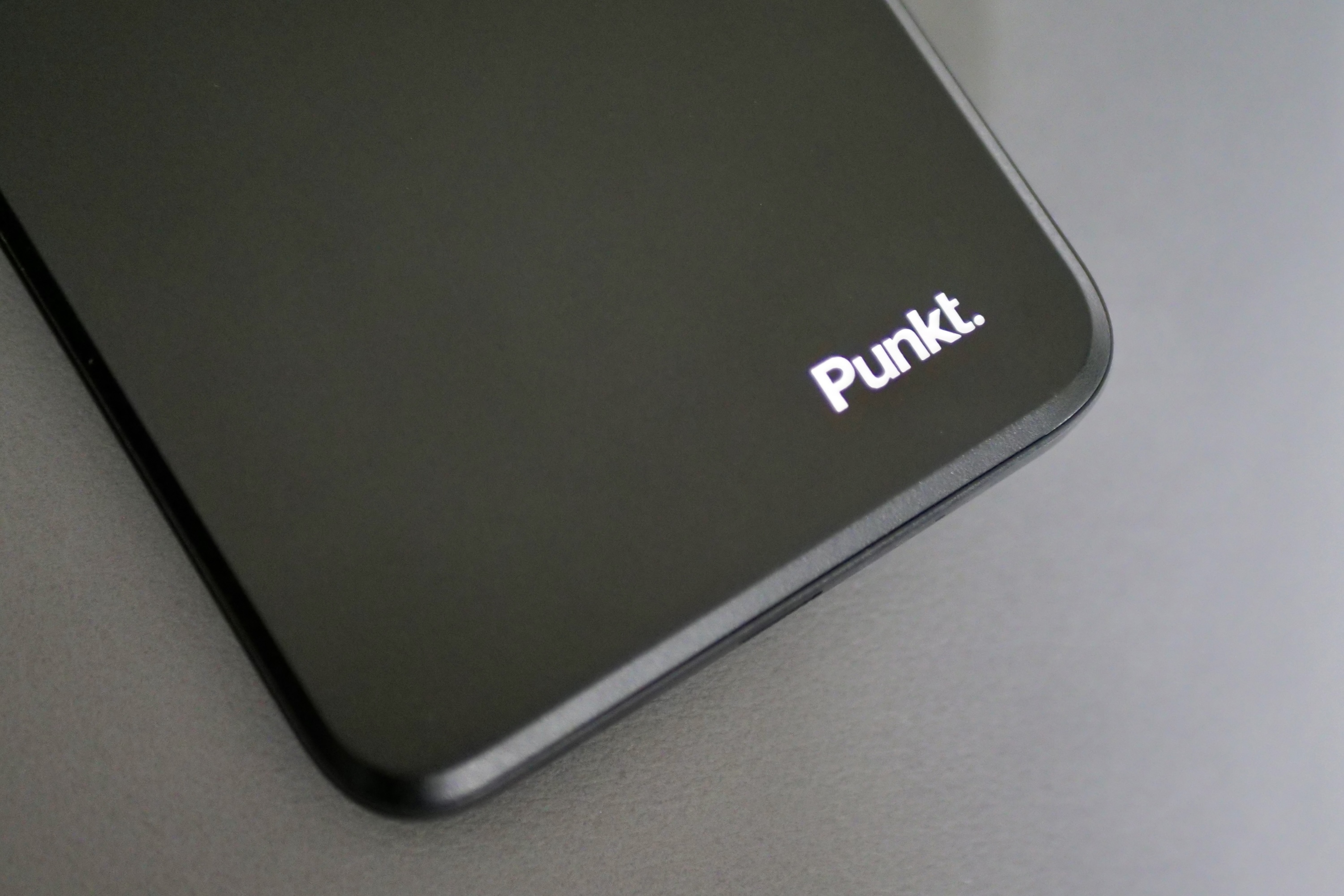
I can’t review the Punkt MC02. I went into it quite excited, as I liked the Punkt MP02’s unique style. I expected to treat the MC02 like any other smartphone by putting my SIM card inside and using it every day to assess whether it was a device worth buying. But this privacy-first phone does not make life easy, and although I’d be happy to put in the effort with the software if the hardware was really cool and enticing, unfortunately, it is a serious letdown at every turn.
There’s a chance I’m not quite as security-focused as the MC02’s intended audience, but if that also describes you, then you should approach this phone with a very open mind, a great deal of patience, and very low expectations. This is why.
What is the Punkt MC02?

The Punkt MC02 has Android 13 (yes, in 2024) installed, but it strips away the interface you find on a Google Pixel 8, for example, and replaces it with AphyOS (based on GrapheneOS) and the Apostrophy (sic) Services. Described as “an ecosystem of safe and secure communications,” it includes an email app (Thunderbird), a calendar, a tasks app, and a secure and private way to store data and contacts. Yes, it’s another one of those niche secure phones, and we went into detail about the software at CES.
The website says AphyOS and the Apostrophy Services keep you safe and won’t share your personal data for use in ads while protecting your data, and the system stores it all under Swiss jurisdiction. It doesn’t explain why this part is a good thing, but according to a quick search, Switzerland may provide some additional privacy benefits for data storage. Or it could also be clever marketing. The phone also has a Virtual Private Network (VPN) called Digital Nomad, which I could use to connect to servers in Germany, Japan, and the U.S. from the U.K. to obscure my location and activity.

While Punkt and AphyOS don’t use your data to monetize ads, it does charge you a subscription fee. You get a year of access to Apostophy Services with the phone, but after that, it costs about $13 per month if you sign up for a year or nearly $17 per month if you prefer a pay-as-you-go deal. This is a little more than a normal VPN on its own, and the subscription comes with 5GB of cloud storage space. However, if you don’t pay, you won’t have access to all the Apostrophy Services, and the MC02 loses what makes it (somewhat) special.
The phone itself is a rather uninspired black slate with a 5G connection, a 6.67-inch 60Hz screen with a 2400 x 1080 pixel resolution, a MediaTek Dimensity 900 processor, and 6GB of RAM. It also has a 64-megapixel main camera along with an 8MP wide-angle and a 2MP macro camera. The 5,500mAh battery supports 18W charging, there’s a fingerprint sensor in the power key, and a 3.5mm headphone jack on the top of the 10.9mm thick, 230-gram body. It’s yours for $749.
Not an inspiring start

That’s about it for the explanation of what the Punkt MC02 is: another expensive entry into the whole privacy-focused smartphone genre and yet another monthly subscription for you to contemplate. If that still sounds interesting, know that the phone requires some serious consideration if you’re coming directly from Google or Apple’s world and want to bring data with you, and it is a massive hardware compromise if you’ve owned any mid-to-high level smartphone over the last few years.
Starting out, you have to register for an AphyOS account on another device before setting up the Punkt MC02, as it can’t be done on the phone itself, but it doesn’t really make that clear. Also, if you skipped past this, I couldn’t find a way to set up the AphyOS account, meaning you’d have to reset it and start again. For a phone that pushes privacy and security, it was also a surprise to complete the very short setup process without setting a fingerprint sensor or a PIN code, leaving the phone entirely open for anyone to use unless you manually go into the Settings app and add one.
But before you do that, the notification shade is full of dire warnings about system processes that haven’t been completed due to missing or out-of-date files. Clearing these is a lengthy process in itself, but when you eventually figure it out (the software doesn’t provide a guide), you also find it doesn’t install the camera app by default, but as I’ll come back to in a while, it’s perhaps not really worth it. The start-up process didn’t fill me with confidence, and the MC02 felt half-finished and risky to rely on.
Once you’re in, there are two home screens — one with a black background that contains the private AphyOS stuff and another with a white background that holds the “less secure” apps. The icons have an Android 6.0 look to them; everything is monochrome, so it looks like things aren’t installed, and it’s all extremely dull. There’s an app called the Aphy Store, which may or may not be an app store. I’m not sure, as it hasn’t been designed at all, just thrown together. I’d show you all this, but the normal screenshot gesture of power-and-volume-together doesn’t work, nor does a long press on the home screen to show additional settings. All in the name of privacy, I suppose.
A smartphone without Google

Google Mobile Services aren’t installed by default, but Punkt does include a setup wizard to help get them onboard, complete with warnings about all the “risks” involved. Apps downloaded from Google Play after it has been set up are “sandboxed” on the white home screen to protect you. Coming from any other phone, you will have to find manual ways of importing all your data, contacts, messages, photos, passwords (the software seems to disable Chrome’s Password Manager, too), and everything else, as there’s no way to do it automatically.
It was at this point I had to make a choice. I need easy, reliable, fuss-free access to contacts, historical messages, data saved in notes apps, and even some images for everyday life on my phone. By choosing to fully review the Punkt MC02, I’d have to find ways to reliably get all this over from another phone and not worry I may miss or lose something in the process that I’d suddenly need in an emergency. Remember, if you’re coming from Google or Apple’s ecosystem, you’ll have to consider this too. It’s certainly not impossible, but it is time-consuming and will require research, confidence, and a willingness to accept losing things in the process.

There’s not much fun in AphyOS. Its dreary look doesn’t inspire me to jump through hoops, download special apps to transfer data, or find ways of ensuring I still have access to everything I need when I only have the Punkt MC02 in my pocket. Perhaps I’ve been spoiled by Android and Apple setup processes over the years, but absolutely nothing about the MC02’s software or the early experience made me feel it was a highly polished and reliable system for me to use. What should I do? Perhaps the hardware could convince me to put in all the effort to make the MC02 my one and only phone.
The hardware is bad, too

The Punkt MC02 is thicker and heavier than the Samsung Galaxy S24 Ultra and the Xiaomi 14 Ultra, yet the technical specification is inferior. All that privacy and security must be seriously weighty. I loved Punkt’s minimalist design on the MP02, but this has none of the character or appeal. The plastic rear panel has a scratchy, cheap finish, but it’s not an uncomfortable phone to hold — just entirely faceless to look at. The MediaTek Dimensity 900 processor is fast enough when playing games (the phone doesn’t sync game saves with Google Play Games, no matter how much I tried), but a bit creaky when using the software in general, suggesting the operating system isn’t well optimized.
Then, it started to get annoying with some bizarre decisions. Joining the power and volume buttons is another button on the opposite side of the body. It doesn’t do anything at all when you press it, not even prompt the appearance of a menu. However, if you dig into the Settings and Accessibility menu, you’ll find an option for the Program Key. Laughably, all it can be configured to do is activate Airplane Mode. That’s it. It doesn’t even turn it off again, so you have to do that in Quick Settings anyway. It’s a ridiculous use for a hardware button, as it would be very easy to accidentally turn the feature on, leaving you entirely uncontactable. I suppose that is pretty private, though.
It gets worse. I know it’s all about keeping your data safe, but the screen shouldn’t be so dim that I can barely see it outside when I want to. It’s also unforgivable that it only has a 60Hz refresh rate and that there is no always-on feature. The 64MP main camera is very basic and takes substandard photos, and is hobbled by a poorly designed app, where the wide-angle setting is permanently hidden in a More options menu under the viewfinder, and you have to use the same menu to reselect the standard view. It’s a terrible 8MP wide-angle camera anyway, so I’ll save you the time searching for it like I did. The camera app feels like a beta version, as not even the zoom level rotates when you turn the phone from portrait to landscape.
No thanks, I’ll pass
Nothing about the Punkt MC02’s hardware made me want to invest the time and effort required to import all my data. I understand some will find the concept of a privacy-orientated phone appealing, but not only is the MC02’s software a compromise due to its design and implementation, but the hardware barely reaches the levels seen on some of the cheapest smartphones available. I’d much rather use and enjoy the Nothing Phone 2a and add a VPN to it, for example. Yet the whole thing costs a whopping $749, and then up to $17 per month to use the “benefits” after the first year. Insanity.
Even after spending the day trying to justify why I should spend hours making sure the MC02’s software was ready for me to seriously use every day and be instantly contactable in a way that made me feel comfortable, I still couldn’t come up with a compelling reason. If what I consider fundamental features on a high-price smartphone in 2024 — a bright screen, 120Hz refresh rate, an always-on feature, a decent camera, water resistance, and an appealing design — are all missing, then wrangling software that doesn’t feel or appear polished or at times even finished is entirely unappealing.

I can do infinitely better than the Punkt MC02 by using just about any other phone I’ve reviewed over the past two or more years. “Oh, but you obviously don’t value your privacy,” advocates will shout. Perhaps not, but I do value my time and — potentially — my money too.
The Punkt MC02, based on my trying to get to the point where it’s a device I can actually, confidently use, and fully review, is worth neither.
